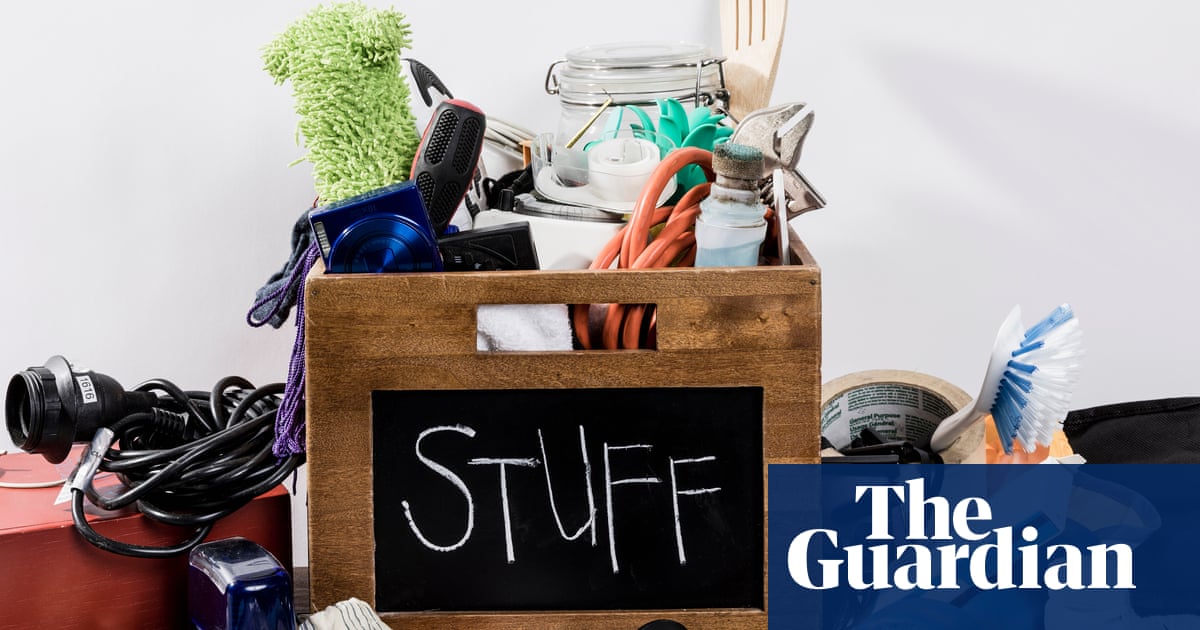Name:The poop rule.
Age:New to the mainstream, already popular on TikTok.
Appearance:More sanitary than you may imagine.
I’m trying not to imagine it at all. TikTok has new rules for poop now?Not exactly. Do you rememberMarie Kondo?
The tidying influencer?That’s the one. This rule is sort of an update to her dictum to throw out anything that doesn’t “spark joy”.
Go on …Essentially, the rule is: “If this item was covered in poop, would I still keep it?”
And who do we have to thank for this mental image?Lifestyle influencer Amanda Johnson. She called it “the easiest way to declutter your home”.
“The easiest way” is to picture everything you owncovered in poop?The idea being it clarifies what items you value enough to clean up.
The kids are safe, then.Maybe the dog. But what about everything else?Johnson told the Washington Post that the rule helped her to get rid of clothing she didn’t wear, board games and puzzles her family weren’t reaching for, and party decorations she was holding on to “just in case”.
I’ve got cupboardsfull of that stuff, but picturing it allbrown and smelly doesn’t exactly make me want to roll up my sleeves and dive in.It’s a silly question, Johnson concedes – but a powerful one, too. “If it weighs me down or stinks up my space, it’s gotta go. Simple as that!”
Who is this supposed to help?“People who are very visual,” according to the professional organiser Diane N Quintana.
I don’t doubt that.Also those who “need extra motivation to declutter”.
Again, I’m struggling to see how this is motivating.Supposedly, the rule is a way to make a game out of tidying up that’s especially effective for people with attention deficit hyperactivity disorder, by removing options and using a visual prompt to focus the mind.
Does it have to be that, though? Could I not imagine taror Nutella?The disgust bit is key, according to Johnson, to help you “cut through emotional attachments”.
I have no emotional attachments to the stuff in my junk drawer.Maybe the poop rule is just not for you. But you get the point: perhaps you don’t need all those miscellaneous cables and food-storage lids if you’re not prepared to go to any lengths to keep them.
So what has Johnson said she’d willingly clean of faecal matter?Her great-grandmother’s china, being both precious and useful.
And, may I point out, relatively easy to wipe down.I think you’re overthinking it.
Do say:“This is the result of a society struggling with overconsumption.”
Don’t say:“How much poop are we talking ...?”
